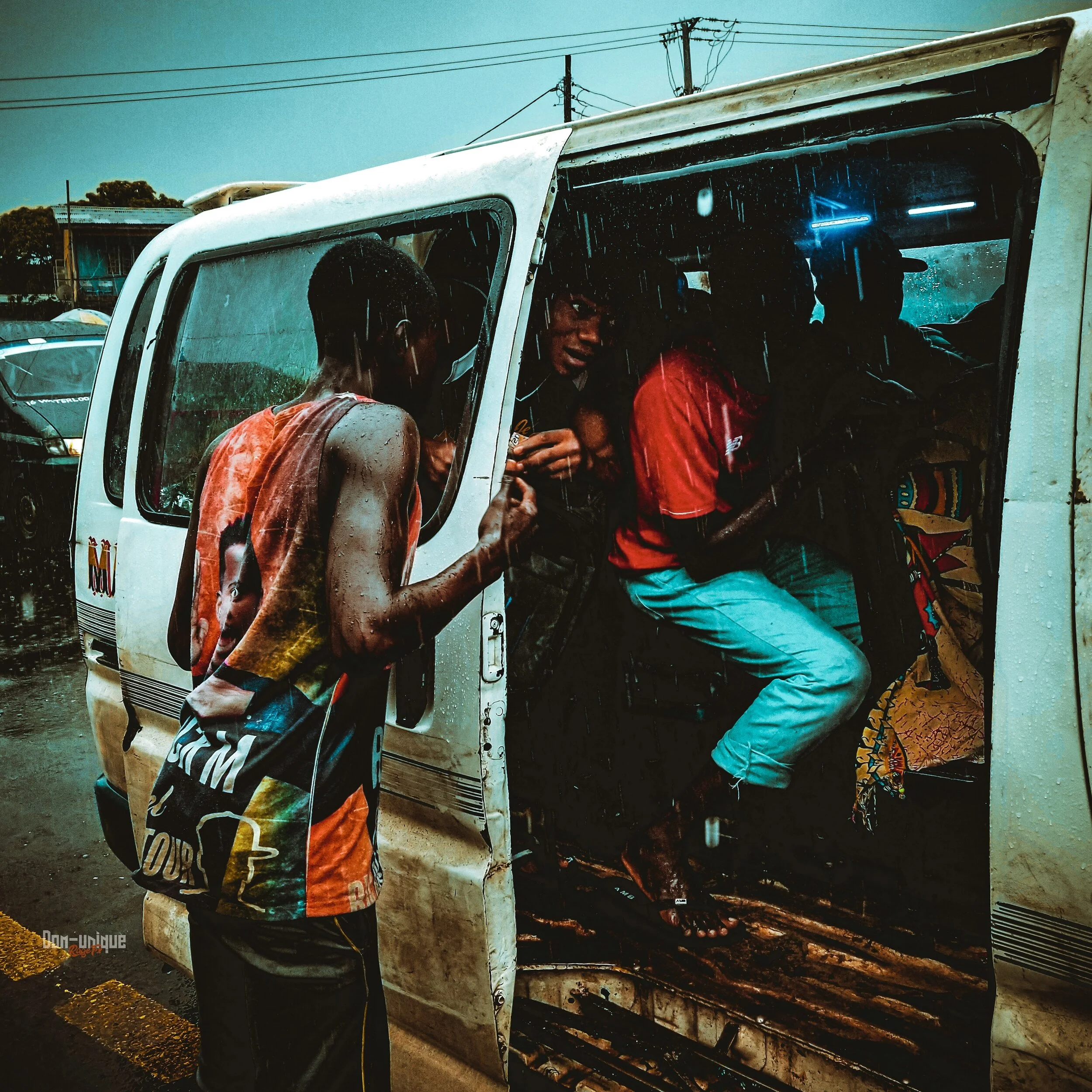During their first meeting at the University of Massachusetts, Amherst in 1980, James Baldwin had described Chinua Achebe’s writing as “a magnificent confirmation of the human experience,” while Achebe praised Baldwin as “a passionate, unflinching, and prophetic writer” who illuminated “the darkest corners of human existence with uncompromising honesty.”
When I think about art, I see it as both a mirror and a tool—on one side, reflecting the world as it is, while on the other, reimagining it as it could be. For Chinua Achebe, art represents “man’s constant effort to create for himself a different order of reality from that which is given to him.” For James Baldwin, art is an unrelenting pursuit, where the artist “must drive to the heart of every answer and expose the question the answer hides.” Reading Baldwin’s If Beale Street Could Talk (1974) and Achebe’s Arrow of God (1964), I was struck by Achebe’s provocative portrayal of art and Baldwin’s investigative depth—how they both understood the issues of their time and defiantly captured the essence of how art shapes and interrogates the human experience.
Art’s ability to interrogate human experience or our reality of being has often provided grounding for those, like myself, caught between worlds. As a nonimmigrant living and working in Harlem, New York City, I have frequently turned to Baldwin’s and Achebe’s works to reconcile my present and find help about writing my own memories of home. For many Africans who leave the continent in search of new beginnings, whether it’s education or job, loneliness and homesickness are like sides of the same coin that draw you on both ends. For me, reading and writing have offered me balance, and a space to tell my truth.
While reading Baldwin’s Go Tell It on the Mountain (1953), I noticed how he portrays truth as the cornerstone of an artist’s responsibility, a means of personal and societal liberation. As uncompromising and often painful, he viewed truth as “always necessary”. As he wrote, “It’s the artist’s duty to confront and reveal truth, no matter the cost.” Similarly, Achebe placed truth at the heart of his art, which if you read for instance Things Fall Apart (1958), you will notice how Achebe juxtaposed the Igbo traditional beliefs with Christianity without judgement. Truth, for Achebe, was not merely a moral compass by which to justify, but a lens through which to view reality.
When I arrived in Harlem in the winter of 2023, a local historian told me, “A half-truth is a whole lie,” a phrase which has ever since, pushed me to observe Harlem with strikingly familiarity—like Freetown, Accra, or Dakar, where the concrete street life, busty markets, and congested traffic, greet you with passion. Harlem welcomed me, much like Freetown, but I see vividly, a city embracing one of its heroes, in the food, the jazz, the blues, swag, in churches, and books. For Baldwin’s Harlem, preserving truth is a necessity, a calling to represent their heroes and preserve their truths. No wonderI caught myself engulfed in the writings of a man who had rested in power a century ago, and even in exile, Baldwin’s art remained deeply rooted in the struggles, triumphs, and histories of Harlem.
Baldwin left the United States for France in 1948 at the age of 24, escaping the suffocating weight of systemic racism. In The Fire Next Time (1963), he reflected on how Harlem remained with him even in exile, shaping his perspective and art.
Achebe, on the other hand, experienced political exile after the Biafran War, an event that deeply informed his later works, such as Anthills of the Savannah (1987). For both Baldwin and Achebe, exile became a platform for reflection and deep observation—a reconnection to their past. Baldwin needed to escape Harlem to tell its truth; Achebe carried his truth with him across continents. Through their works, both writers served as bridges between their homelands and the broader world.
Another reason I am drawn to Baldwin’s and Achebe’s works is their portrayal of male characters, reflecting the complexities of masculinity, identity, and societal expectations. As someone raised by a single mother, I experienced abandonment at a young age. My father, though a gifted artist, struggled to channel his love for art into love for his children. This tension often makes me question the balance between an artist’s devotion to their craft and their commitment outside of it.
In Baldwin’s Go Tell It on the Mountain (1953), he created a male character; Gabriel, who grappled with guilt and societal oppression. Similarly, in If Beale Street Could Talk (1974), Baldwin’s Fonny, a sculptor, fights for personal liberation in a world dominated by systemic racism.
Achebe’s male characters, like Baldwin’s, face similar struggles. For instance, Okonkwo in Things Fall Apart (1958) is driven by a fear of weakness and failure, shaped by his father’s perceived shortcomings and his inability to stop the emergence of a new religion that threatens to dismantle his world—forces that ultimately contribute to his downfall. Both authors demonstrate how societal forces—racism in Baldwin’s Harlem and colonialism in Achebe’s Nigeria—shape and often destroy their male characters.
Yet, if there is one theme I have continually drawn from their work, it is the persistent need to rewrite my own script—to seek my truth and embrace my responsibility as a writer.
Melvin Sharty is the co-author of "Talking Kapok Tree & Other Short Stories", and author of "A Gift for Failure (a novella). Melvin lives in Harlem, New York where he works for a non-profit. During his free time, he enjoys writing, visiting museums, or playing soccer.
